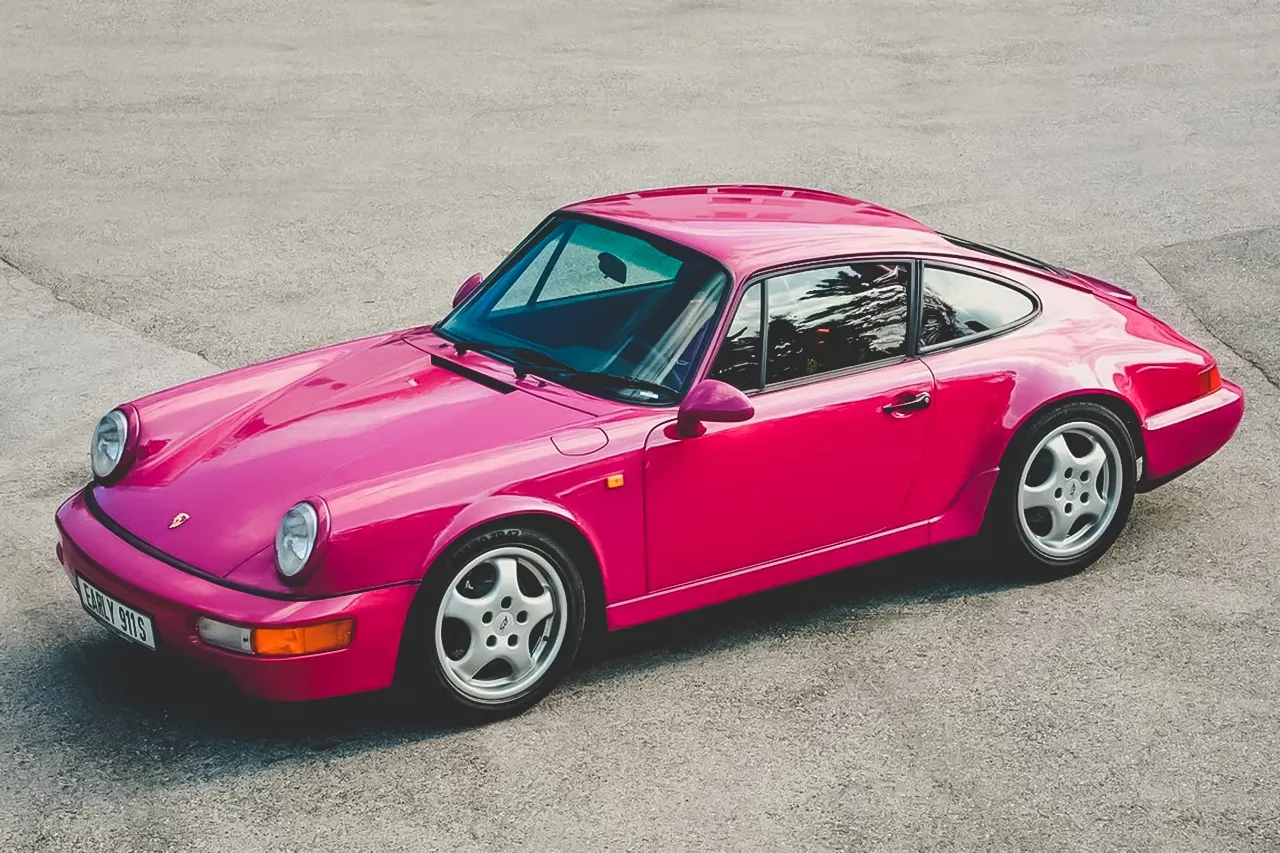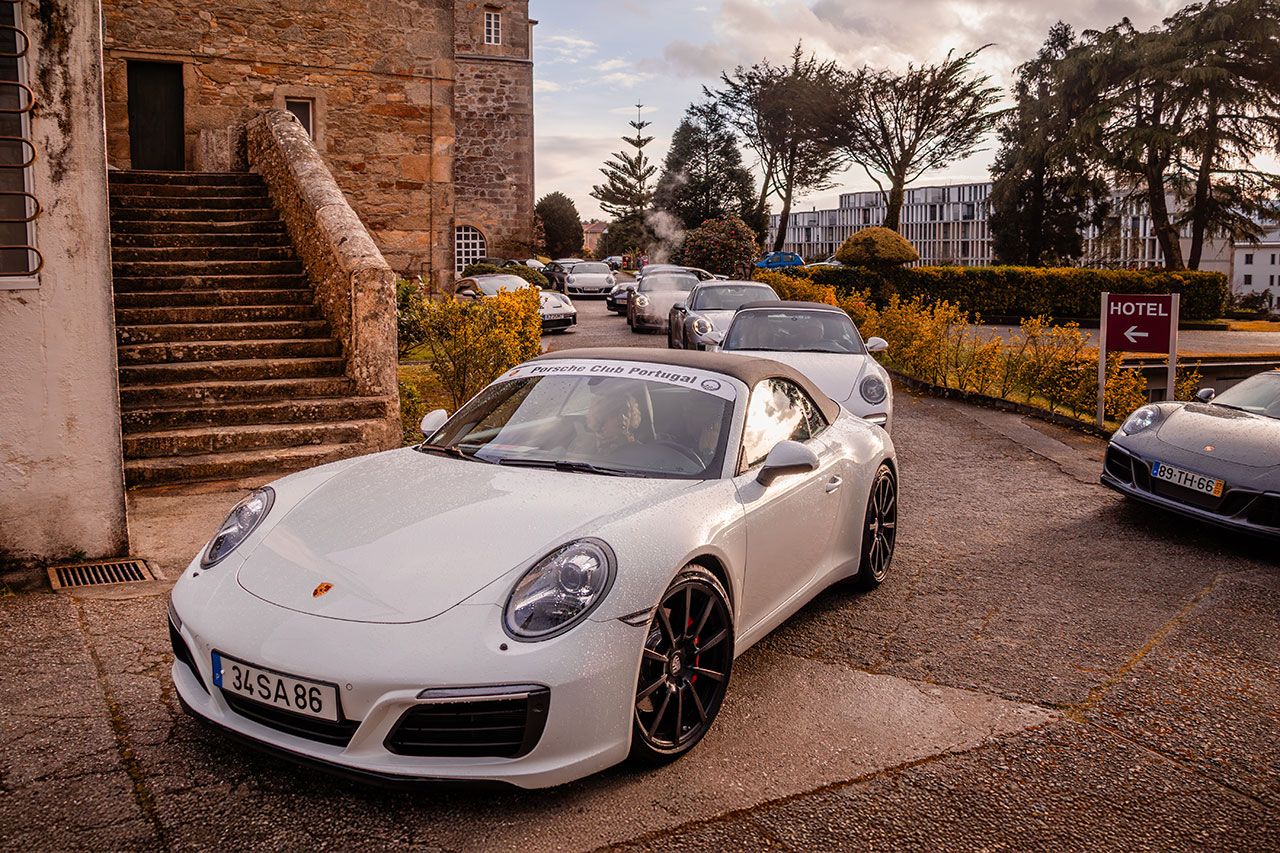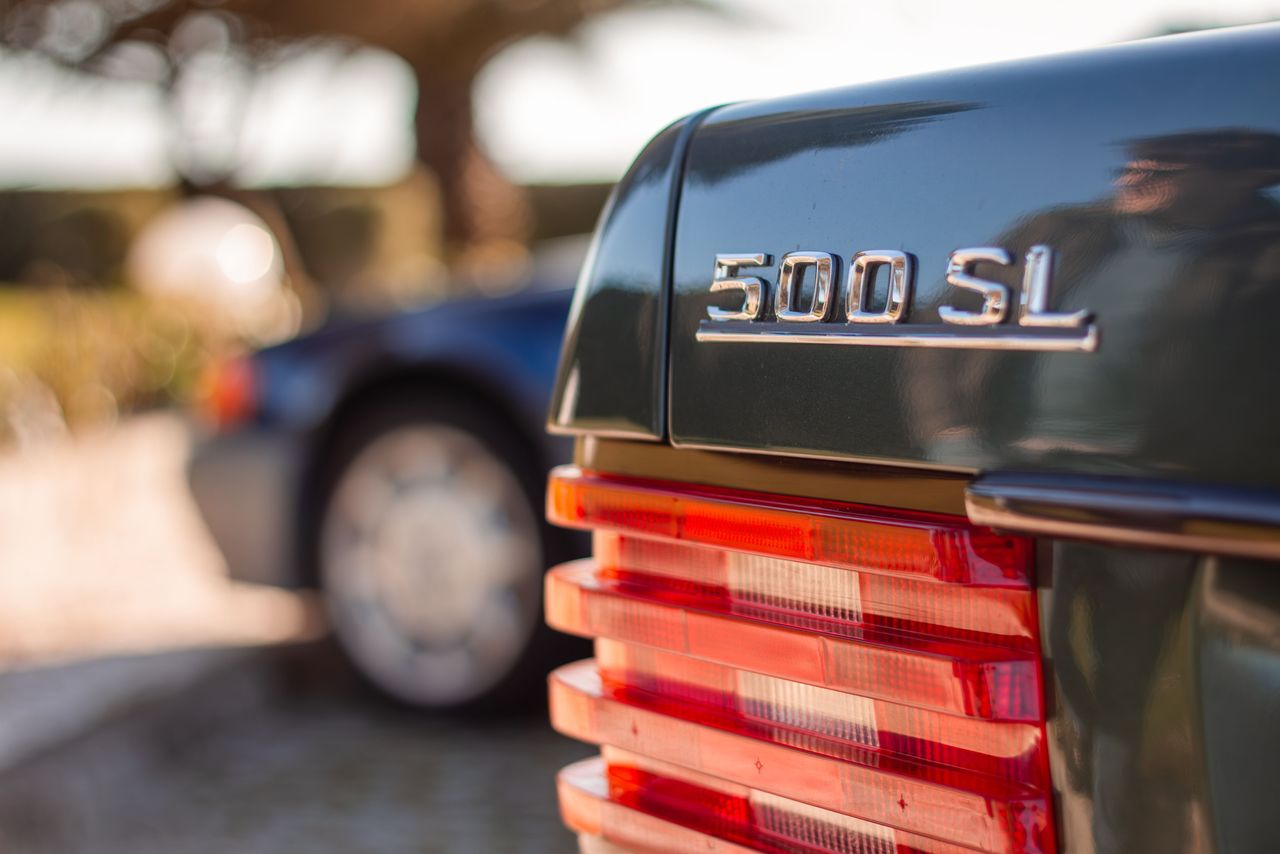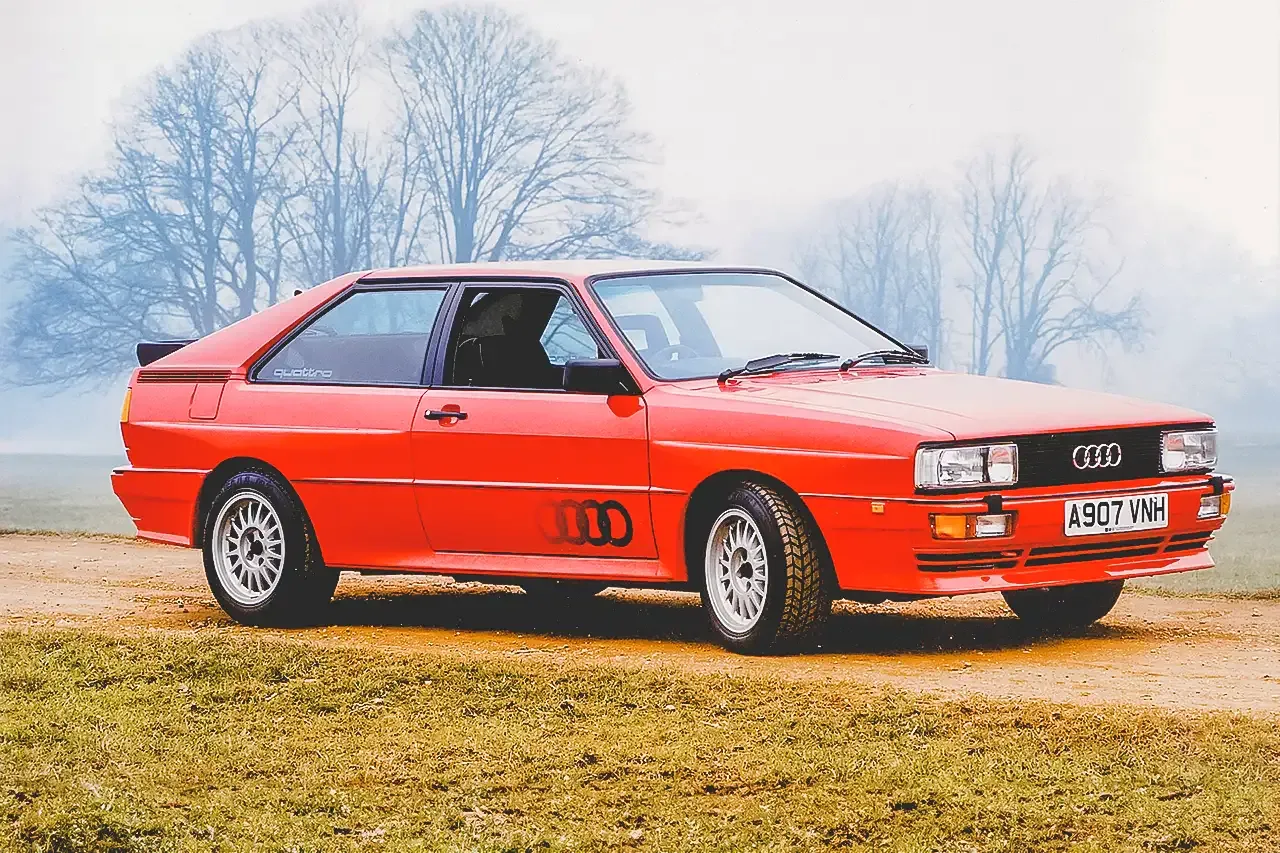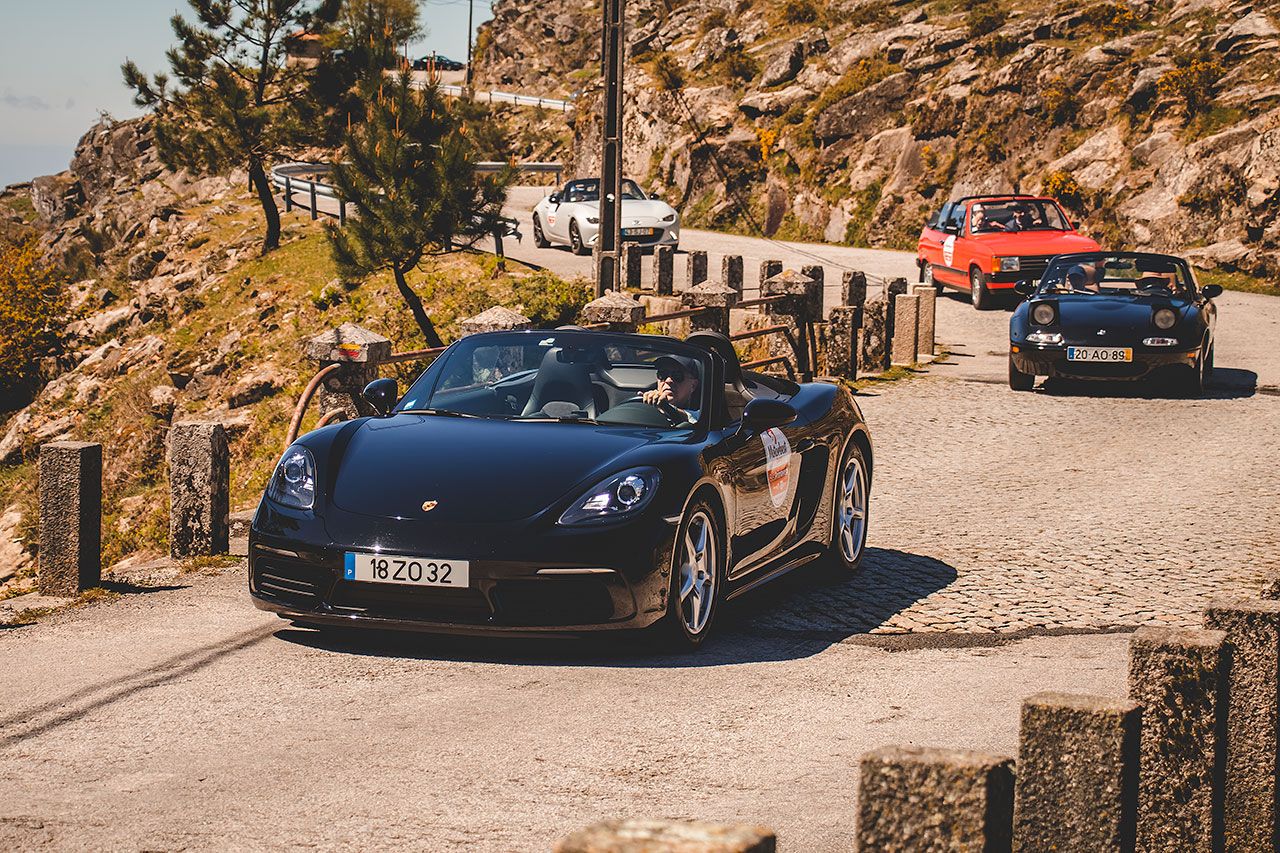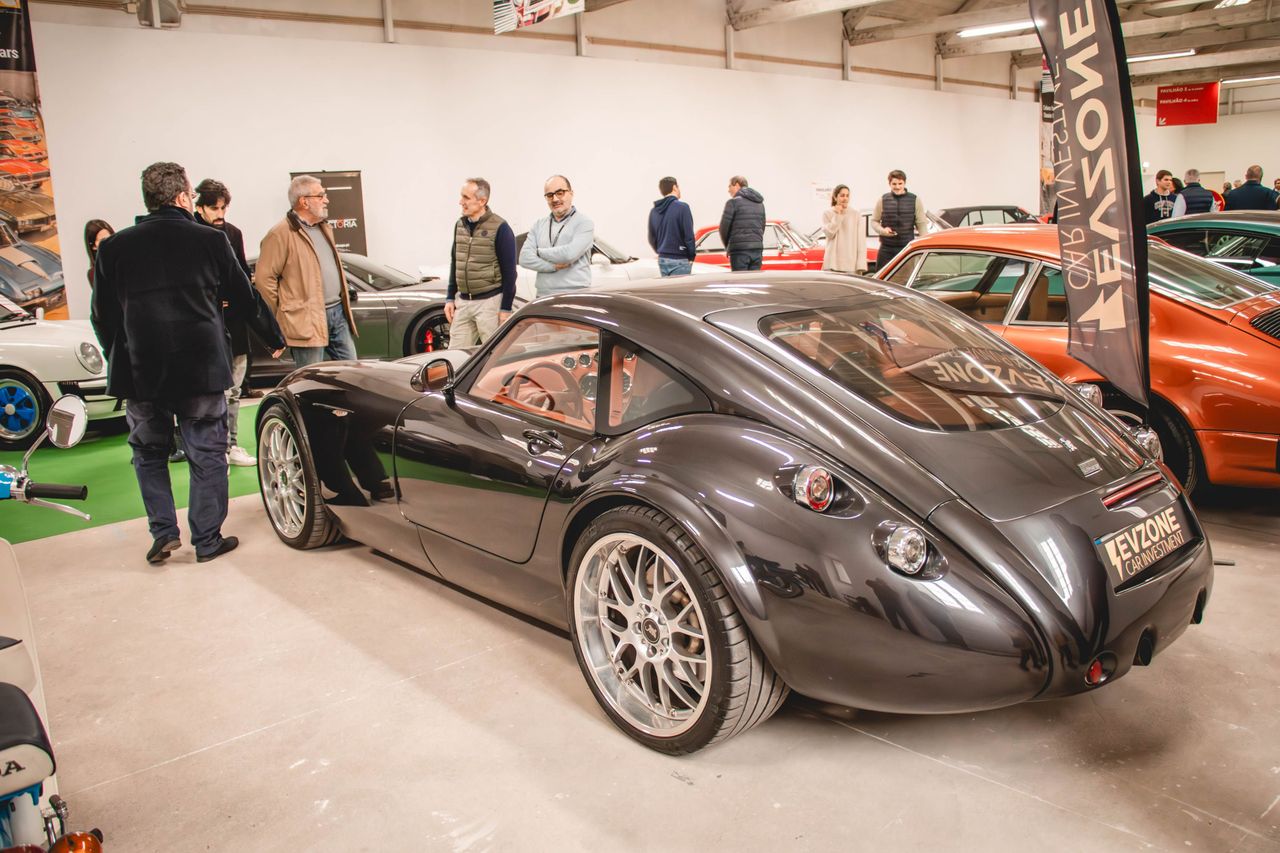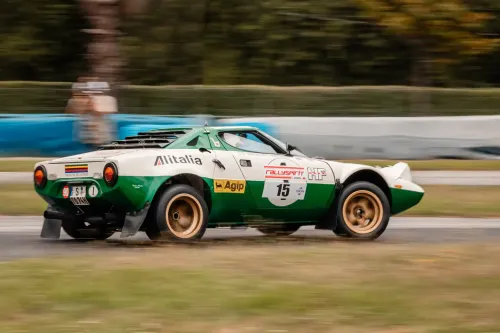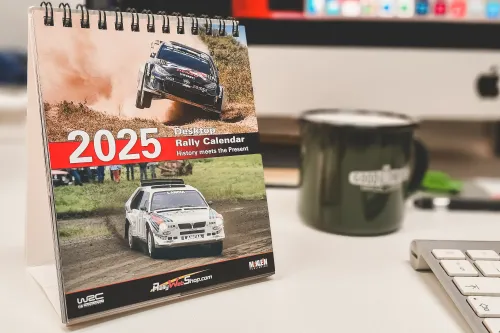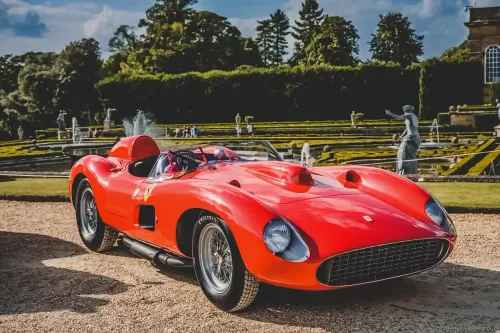The market in 2025: is it time to buy?
Are we living in an unusual time in the collectible car market? No, we're coming out of one.
As is well known, the COVID period caused an unexpected phenomenon of market acceleration to almost record levels. Not only did the number of sales grow immensely, but the average value grew significantly across all segments.
With nothing to do, enthusiasts chose to stare at screens instead of walls. Unable to enjoy life, they began to think about the next day and what they would enjoy having in the garage. Cars also became a safety capsule, where it was possible to leave the house and have fun, almost without socializing.
At the same time, with the economy “on pause”, collector vehicles began to be seen as a good way to make a “term deposit”.
These two realities caused a generalized increase, both in the highest segments of the market and in the most mundane segments.
This reality was also contributed to by the fact that auction houses decided to get closer to their customers through online auctions. After months of being left in the dust by platforms like Bring-a-Trailer, all the major auction houses have modernized their processes and are out to eat the digital auction pie. And what a banquet was laid out!
But as soon as the world stuck its nose out the window again, investors' focus turned elsewhere. At the same time, some businessmen had fallen from grace and needed to pick up the pieces resulting from the most atypical moment that society has experienced in recent decades.
For those who just wanted to live life again, there was a thirst for travel and many other things to do. So, those who had made impulse purchases flooded the market again and those who had not yet bought had more to think about.
This was inevitably followed by a period of hangover, aggravated by global conflicts, in particular the war in Ukraine, which severely affected the economy.
Despite this, it was not exactly a “crash”, but rather a progressive and pronounced decline. Many copies were no longer available for purchase at auction, not because there was no demand, but because the reserve values were inappropriate. At the stands, stocks froze, because the prices from a couple of years ago no longer made sense.
In the meantime, the readjustment, which always has to be progressive, took place. And if it is true that, here in our corner, we will be the last to truly feel the change in trend, the truth is that the echoes from central markets, as well as those from national traders who work more with abroad, reflect a new reality, reported by the main analysts.
Currently, the international market is beginning to be marked by a number of transactions closer to normal and in line with what was happening immediately before the pandemic. That said, the value transacted is lower, as would be expected, but there is no longer such a pronounced downward trend, as Hagerty reveals in its monthly international report.
Changes in trends
But this moment in the market also brought other surprises, namely in the distribution of buyers across different sectors.
A careful analysis reveals that there has been a sudden drop in sales of post-2000 collectible models, after several years in which they have been the driving force of the market. However, 20th century models compensated, with an increase in sales, and a slight increase in their average value.
More surprising, however, will be the rise in demand and the rise in average values of pre-war automobiles, with the 1930s showing the greatest growth in values (13%) compared to 2024.
Will the “youngtimers” run out of steam?
The answer is probably no... The issue is that owners, dealers and auction houses, upon seeing the upward trend in car prices from the 90s onwards, were "very eager to get into the pot", and forced an excessive increase in these models which, in some cases, do not have levels of rarity or sophistication that justify some of the prices charged.
The market may have moments of over-enthusiasm, but it is not just an obedient herd. There comes a point at which the buyer says “enough is enough” and starts looking at alternatives and considering models that might have been off their radar.
This doesn't mean there isn't a resurgence of older models. The universe of enthusiasts continues to grow, but fewer and fewer sports or charismatic models are being produced that are focused solely on driving pleasure.
The combination of these two factors leads the market to look more to the past in search of the model that will provide that pleasure that brands can no longer satisfy.
What comes after stagnation? There is an economic situation, particularly in Portugal, that does not in any way favor “superfluous” businesses. In addition to the uncertainty surrounding global conflicts, we have not yet recovered from the shocks of the American tariff war or the national political turmoil.
In this context, the drop in the average value of collectible cars, to pre-COVID values, has generated some opportunities that only the most attentive detect. It is possible that this slow decline will continue for several months, but after a period like this, there is a “risk” of a recovery in the medium term.
So if there is any automotive dream that is about to be realized, it is possible that the right moment is near. Stay alert, or start thinking about using your bargaining power while the market is lukewarm. Just don't wait too long...



